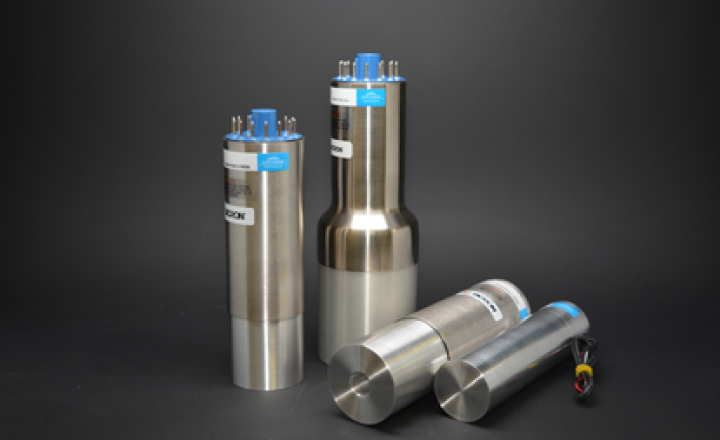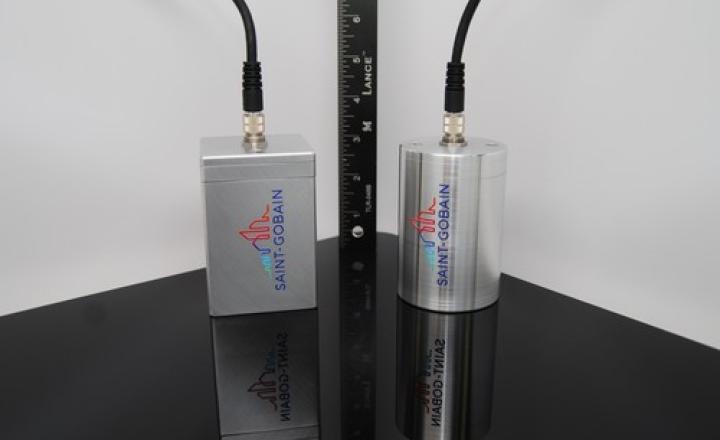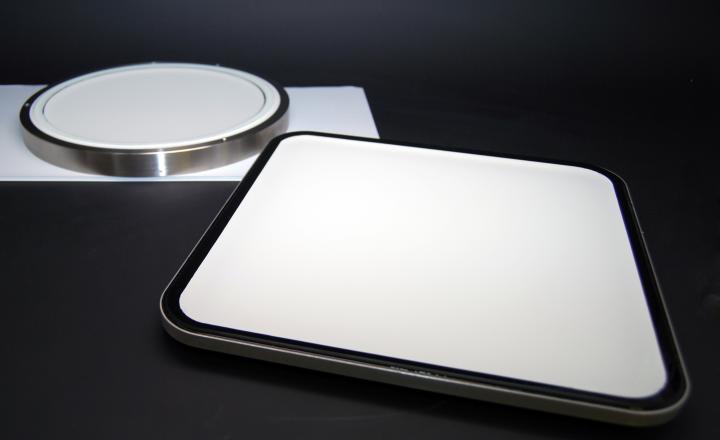Our detectors detect ionizing Radiation – they create a signal proportional to the amount of ionization
Scintillation Detectors convert high-energy radiation, gamma or X-rays, or particles such as neutrons into usable information for measurement, evaluation or imaging. A variety of scintillation materials and detector configurations are offered to meet your specific detection needs.
Before a new detector can be designed properly to fulfill its design goals, it is necessary to carefully define those goals, the environment, and the circumstances of operation. In other words, you must define the system in which the detector is to be used.
Before a new detector can be designed properly to fulfill its design goals, it is necessary to carefully define those goals, the environment, and the circumstances of operation. In other words, you must define the system in which the detector is to be used.
To define the system, you need to answer the following questions:
- What is to be measured?
- Radiation type
- Why measure it?
- Time, position, number or energy
- Where is it to be measured?
- Physical environment
- How much data is expected?
- Data rate and volume
- What are the meaningful parameters?
- Pulse Height Resolution (PHR)
- Detection area
- Detection efficiency

The difference between designing to meet specifications only and designing to satisfy an application can be compared to a computer program doing what it was programmed to do versus doing what it is expected to do. Contact us to discuss your application.









